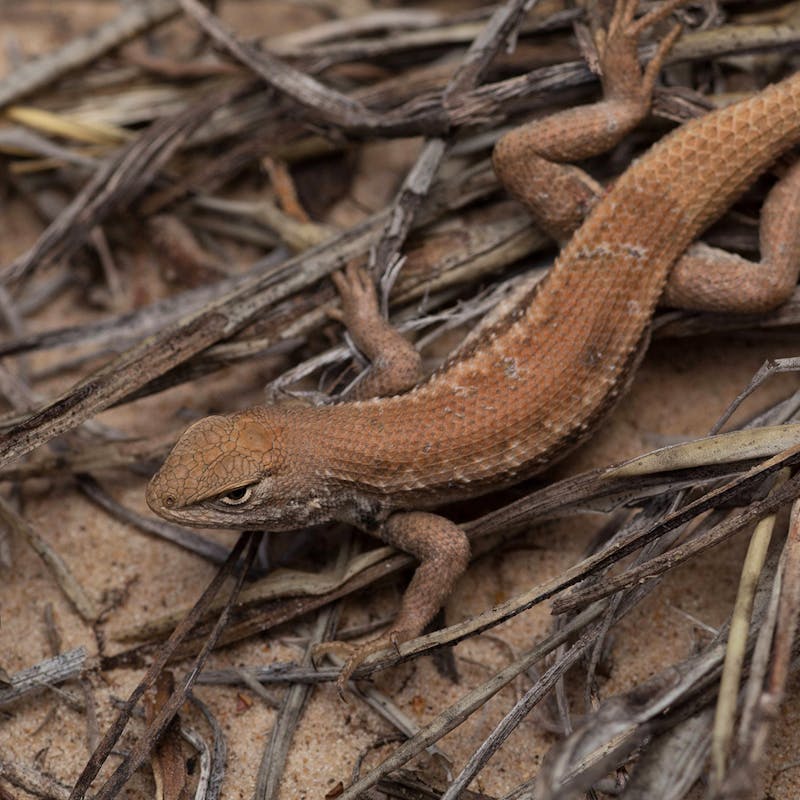At over 400,000-acres, Okefenokee National Wildlife Refuge in Georgia protects almost all of North America’s largest blackwater wetland, sheltering a vast mosaic of pine islands, serpentine blackwater channels and cypress forests that provide habitat for an abundance of wildlife. But like the imperiled species that call the refuge home, Okefenokee itself is now endangered by heavy mineral sand mining that could eventually consume roughly 8,000 acres and come within 400 feet of the swamp.

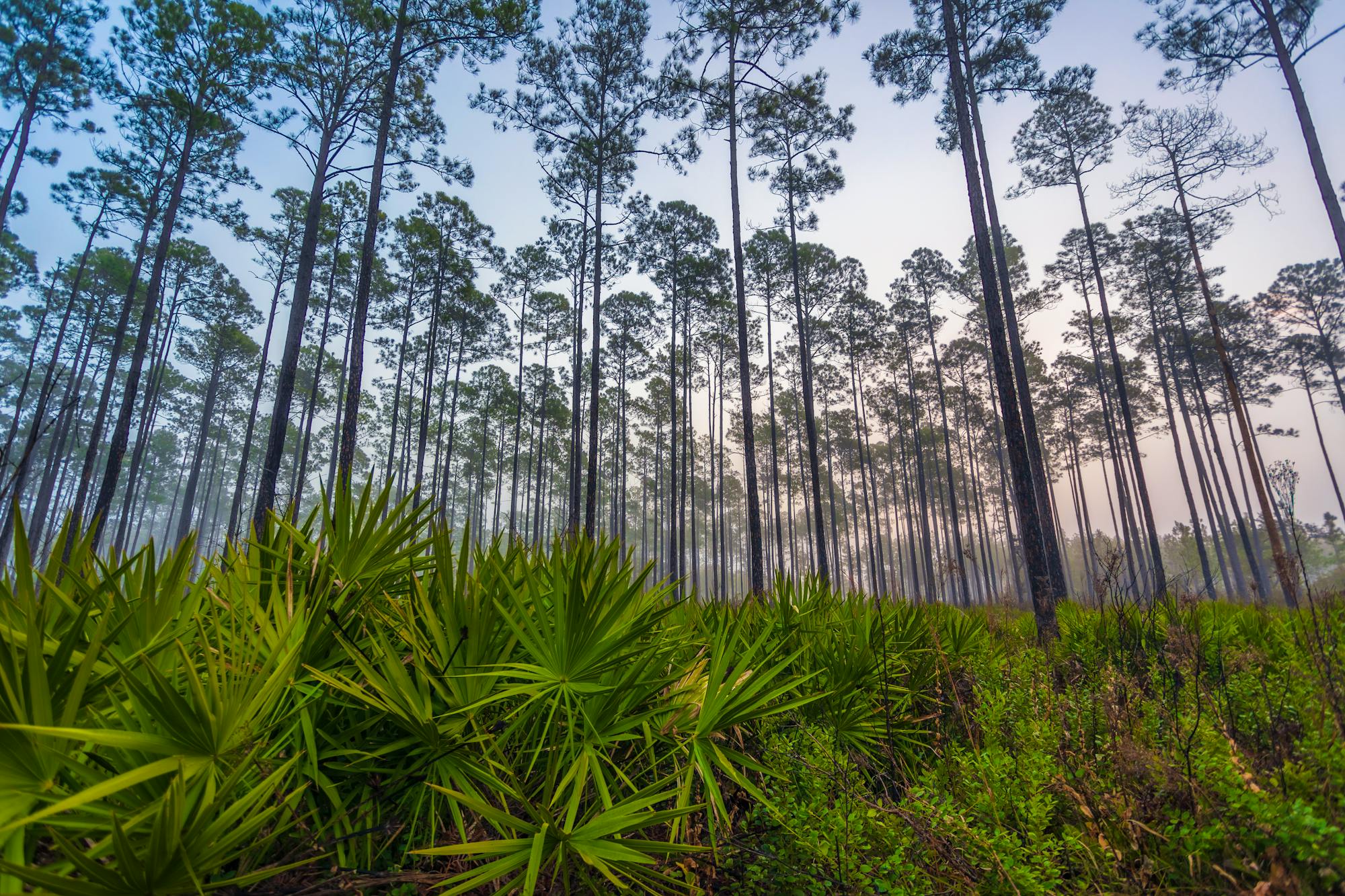
As the largest national wildlife refuge east of the Mississippi River, Okefenokee is home to a multitude of rare and declining species, such as the eastern indigo, North America’s largest snake. Roughly 15,000 American alligators ply the swamp’s placid waters. Wood storks and sandhill cranes frequent the skies. And gopher tortoises find sanctuary in vast underground burrows, providing shelter to hundreds of other species.
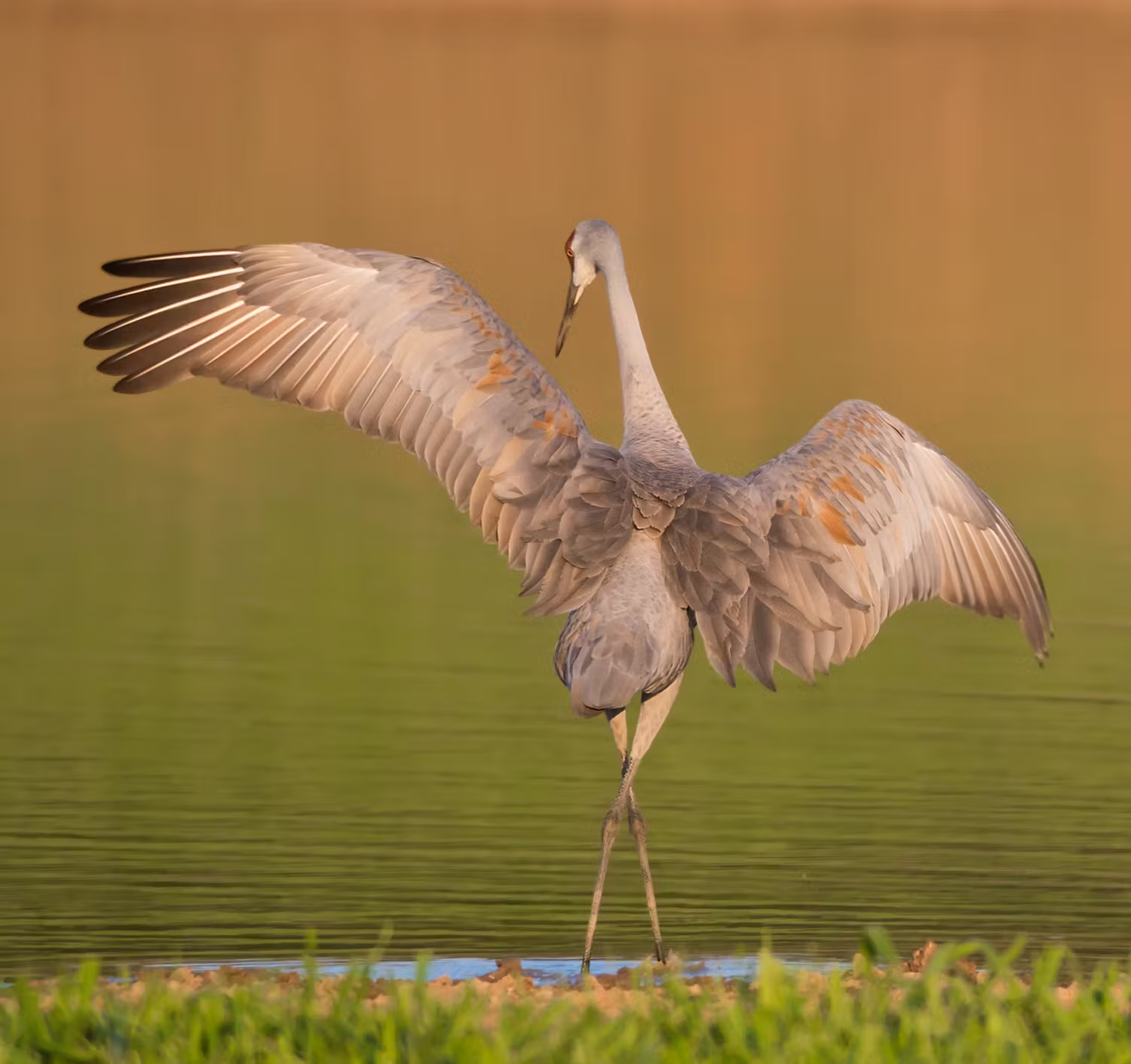
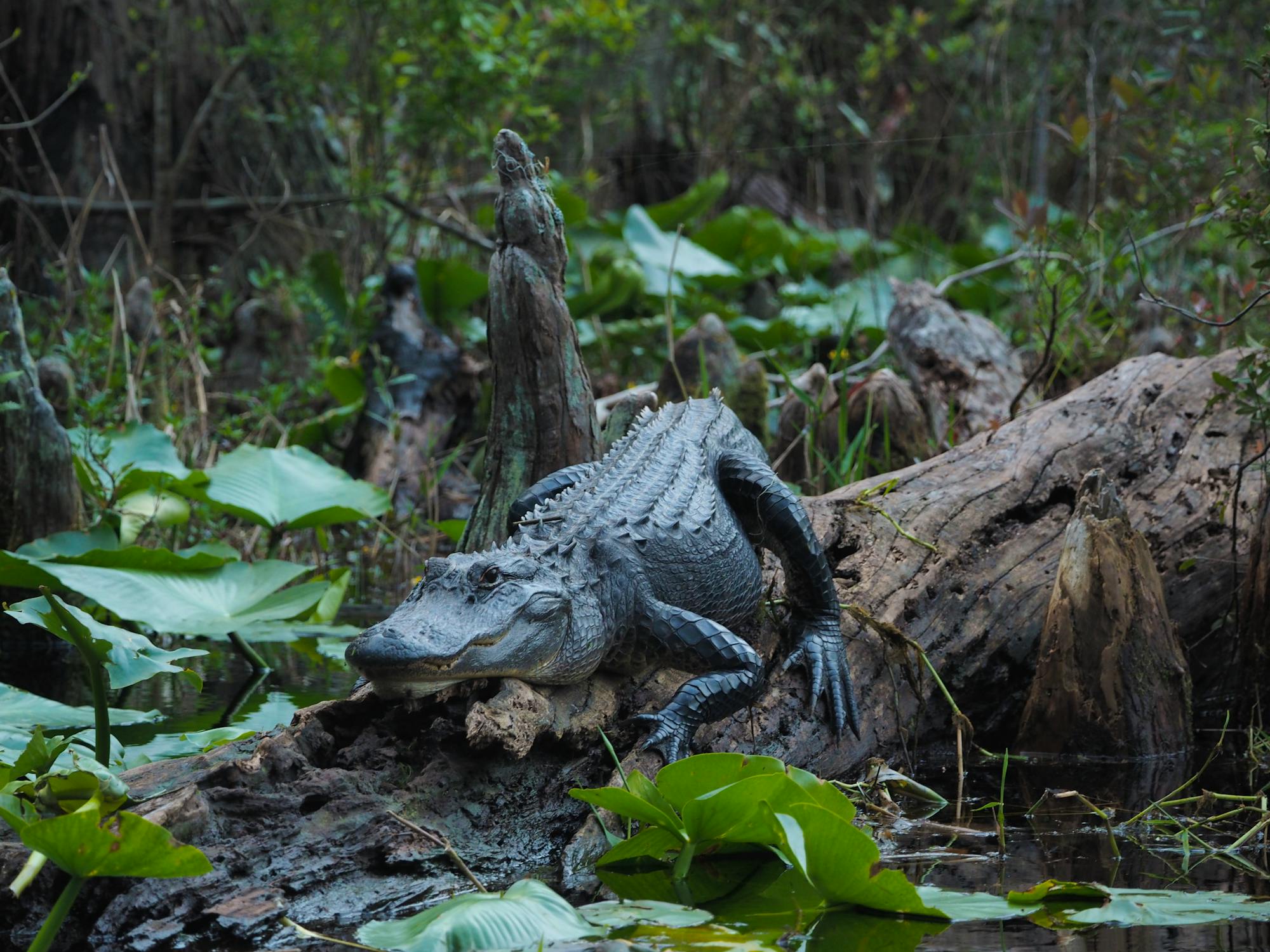
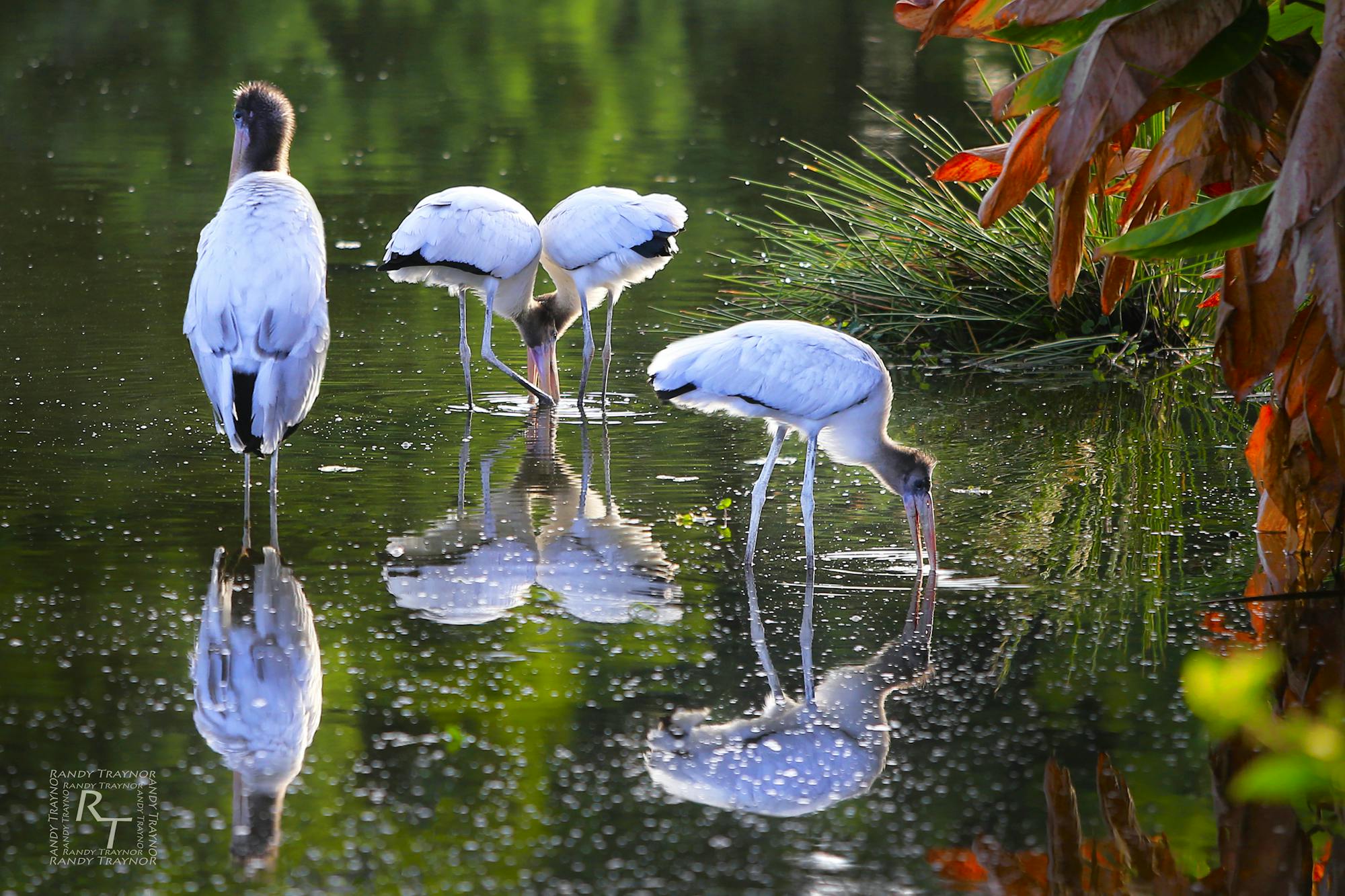
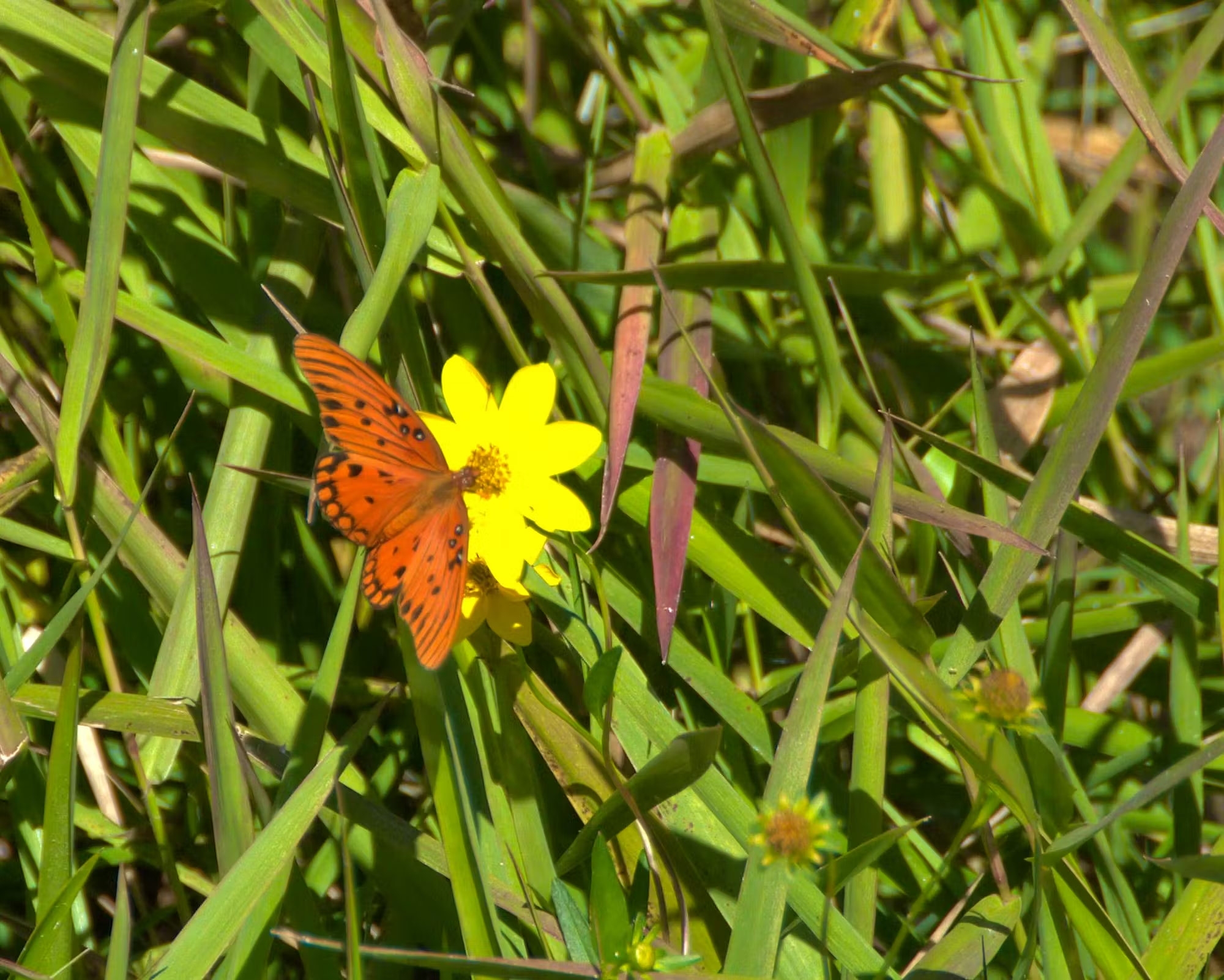
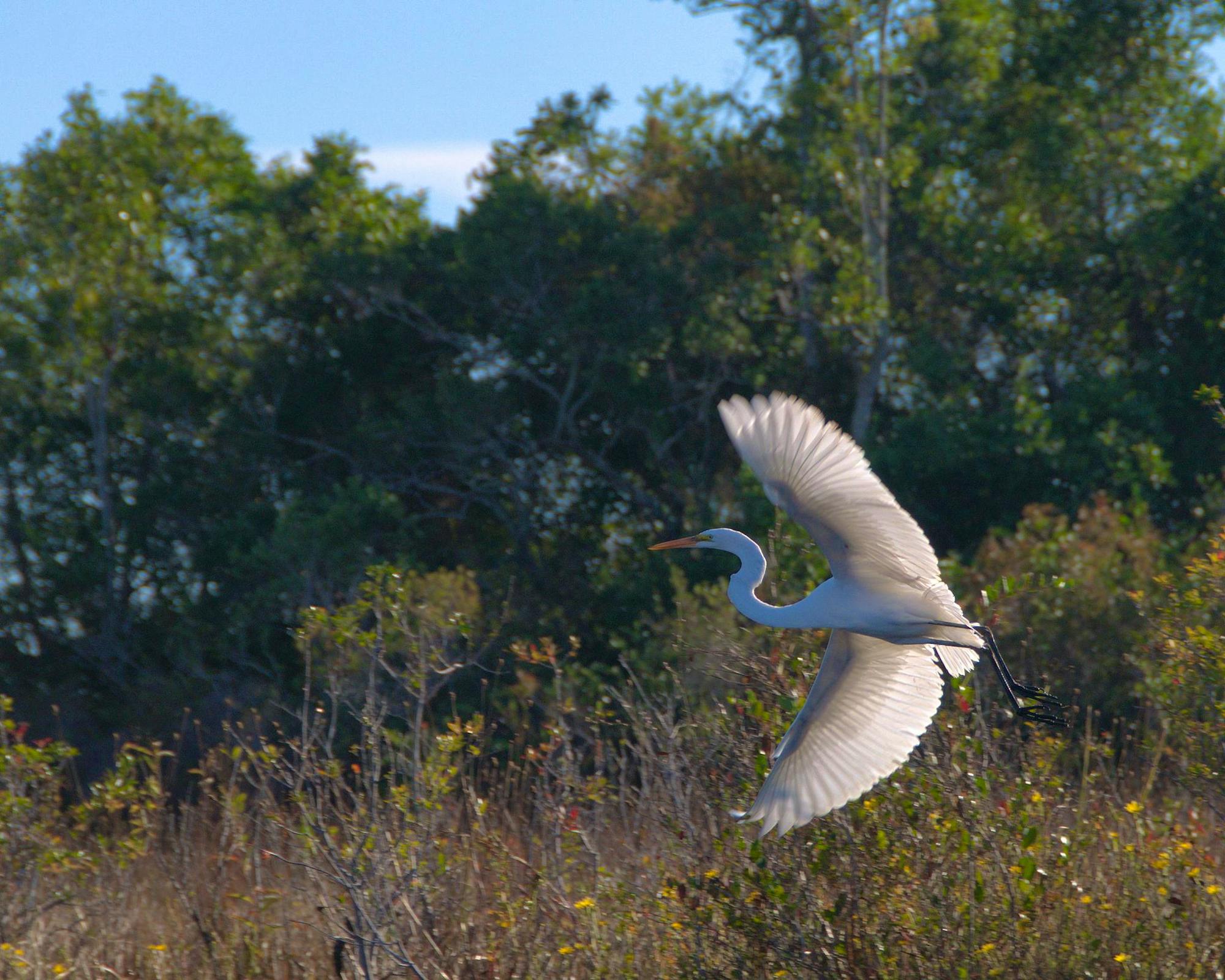

Mining would occur on the Trail Ridge, a natural earthen dam that holds the Swamp in place. By destroying the soil profile of this feature, mining operations are expected to lower the water table of the Swamp, eliminating habitat for rare and common wildlife alike. Additionally, Okefenokee’s nighttime dark skies, sense of solitude and untrammeled wilderness would further be blighted by lighting, roadbuilding and permanent facilities, damaging a world-renowned recreational experience.
In addition to the swamp itself, the Refuge protects the headwaters of the St. Marys River, a blackwater river that meanders 125 miles before spilling into the Atlantic. Largely unspoiled, the St. Marys River shelters a relict population of endangered Atlantic sturgeon, an ancient fish species that once reached lengths of up to 18 feet and plied river systems from Canada to Maine. The sedimentation, runoff and destruction of wetlands and tributaries caused by mining would likely push the remaining survivors over the edge.
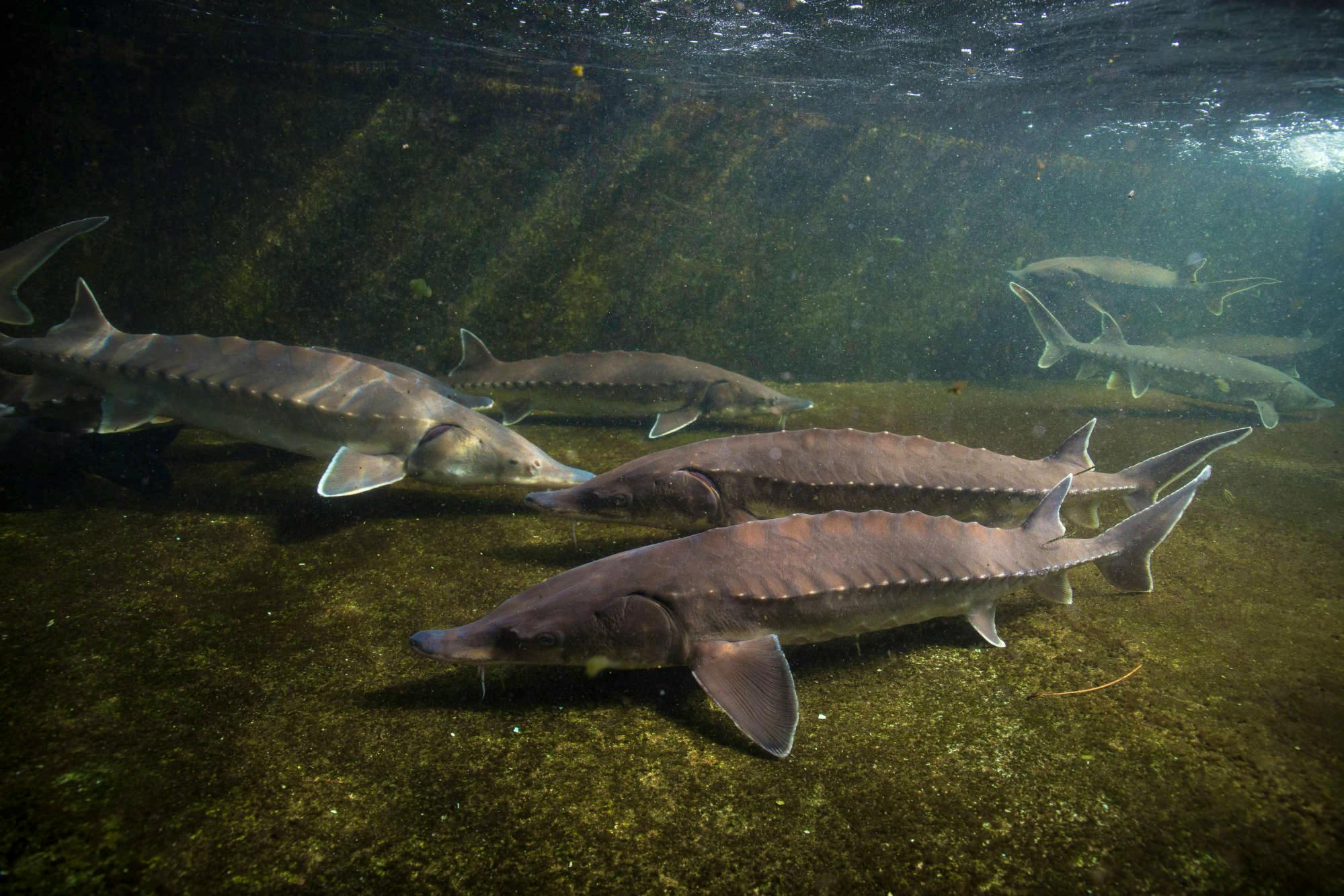

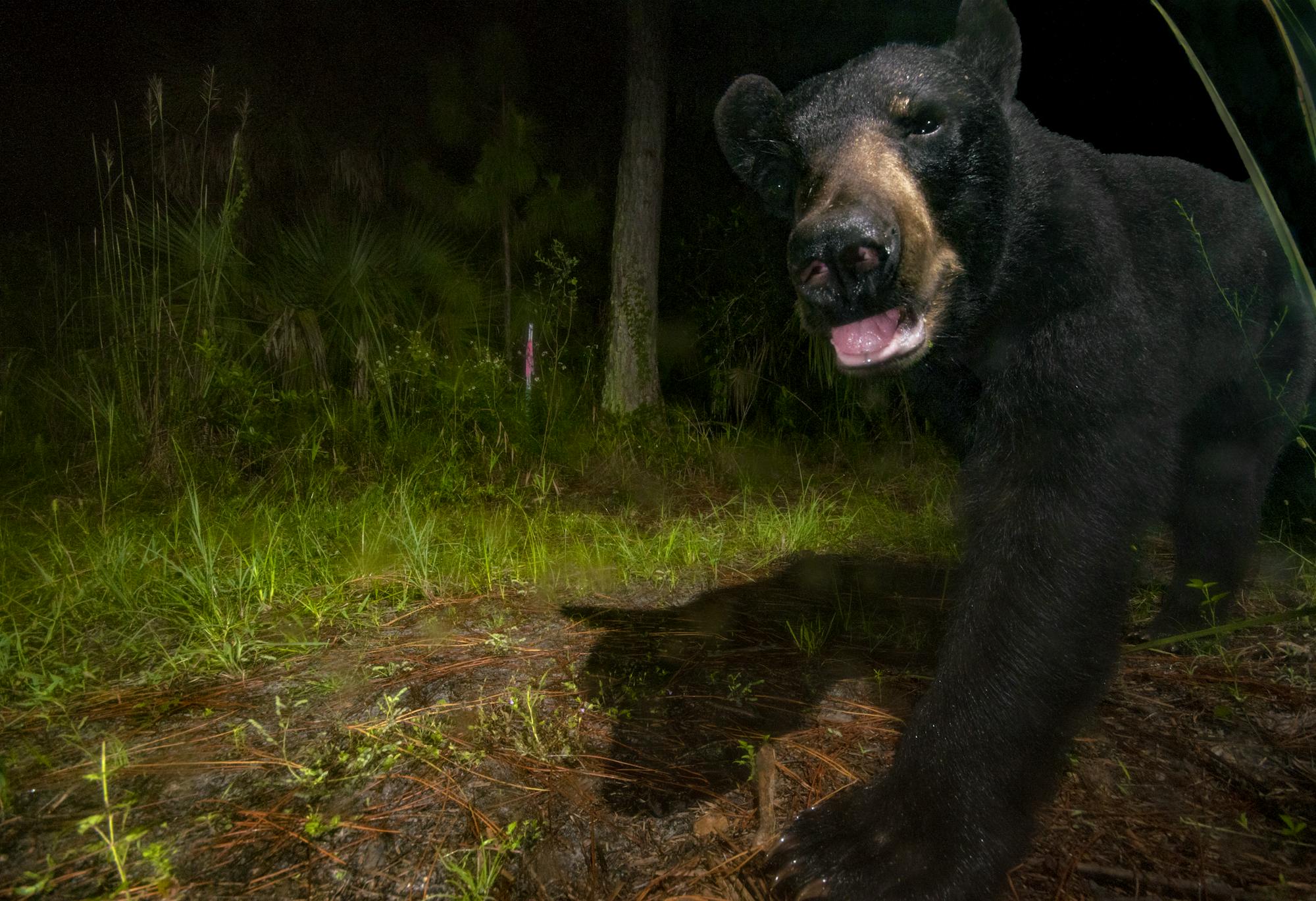
The National Wildlife Refuge System encompasses more than 850 million acres of habitat dedicated to the conservation of our nation’s wildlife. Our largest network of public lands and waters, the Refuge System conserves a stunning array of ecosystems, including forests, rivers and mountains; swamps, marshes and prairie potholes; rocky shorelines, remote islands and deep ocean. With thousands of species, Okefenokee is one of the crown jewels in this system of protected lands and is simply too special to risk.
This blog was updated from a 2020 story.
Help Us Protect Okefenokee
A mining company called Twin Pines Minerals is continuing its campaign to strip mine for titanium on the edge of the unspoiled Okefenokee National Wildlife Refuge, a wetland of international importance.
After being forced by supporters like you to withdraw their last proposal, they’re proposing a smaller project area in a blatant attempt to get around the environmental review process, with plans to expand in the future.







